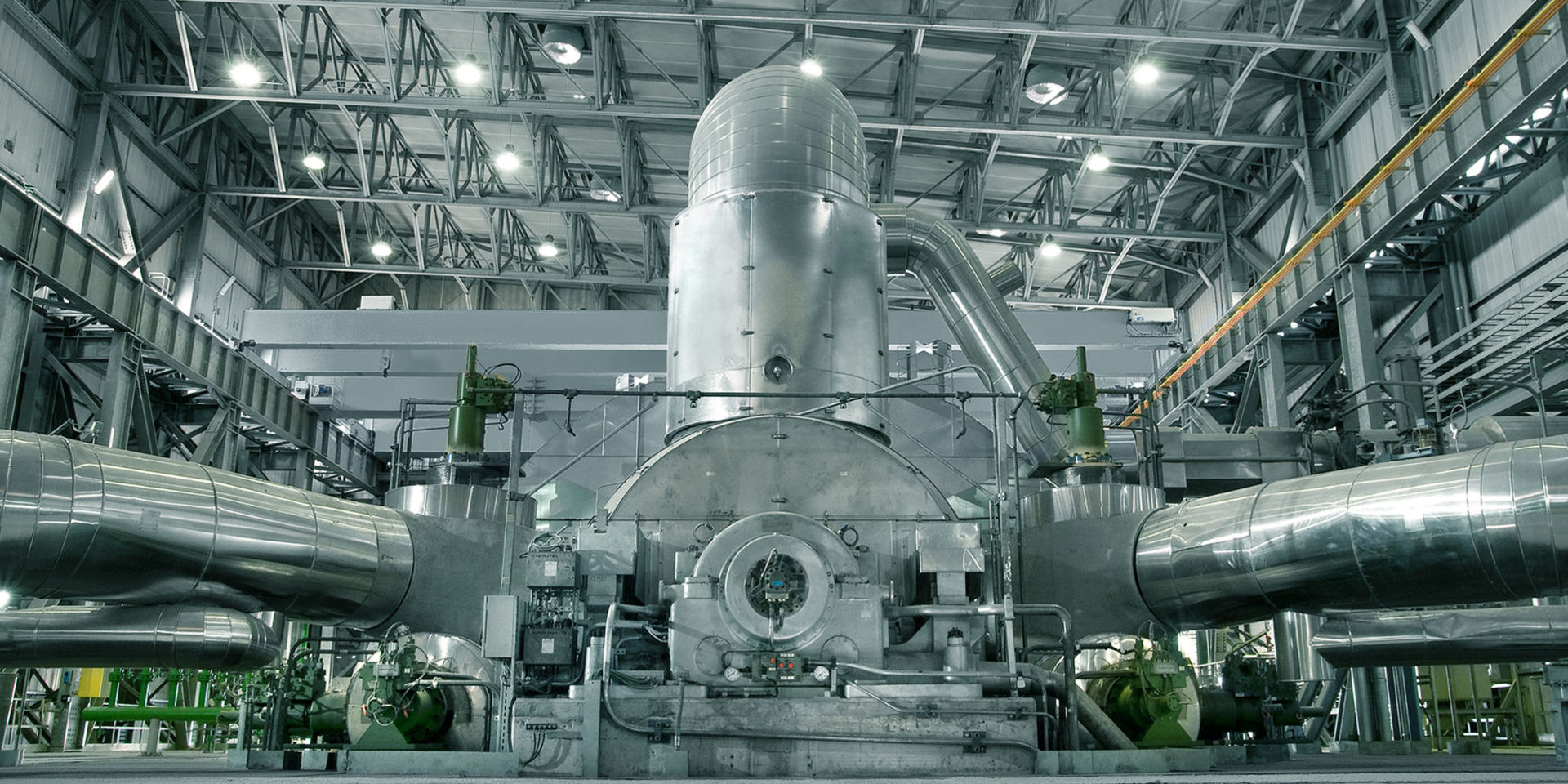Why us, and why now? Factors influencing the rise of Industry 4.0
Today we continue our series of posts on the topic of Industry 4.0. If you haven’t read the first post, you can do so here.
You have all likely heard of Industry 4.0. It is the industrial revolution sweeping the world of industrial manufacturing. But why is it happening now? What were the factors that make the new upheaval in industrial manufacturing inevitable today, and why should we want it to happen?
The short answer is that the manufacturing transformation was enabled by the strong advancement in computer technology. More specifically, it was the combination of more data, faster processing, and better analytics.
-
More data - the term Big Data has almost taken a life of its own in the past years. Between Google and Facebook, tailored advertising and NSA spying, we are all hyper-aware that more and more of our lives are digitized, and available to be analyzed. But while this is true (and perhaps worrisome) for the private person, it is also equally true for every modern factory. Big data is here, in the form of hundreds of sensors sending information at the rate of several times per second. Yet as little as 1% of this information actually comes to any use. We have the data, yes, and we have had it for a while. In our experience, for years now the stumbling block has never been insufficient data. But without the ability to quickly process it, and advanced analytics to glean useful, actionable insights from it, all that Big Data is just a useless graveyard of bits
-
Faster processing – it is a common (and true) quip that humans landed on the Moon on less computational power than is in an average digital watch today. Since the 1960s, progress in computational power has been following that has become known as Moore’s law. That law states that the number of transistors in integrated circuits will double approximately every two years. And for over 50 years that law that proven almost as reliable as gravity (no longer, but that might be a question for another post). The effects are enormous and far-reaching, from the fact that each one of us now has a powerful computer in their back pocket, to the fact that, in addition to the buzz Big Data, we now have the means to do something with it. We not only have the storage to dump a lot of data in, but the processing power to actually make this data do work for us. To run analytics on the huge amounts of data coming from an industrial plant, and even more, if one wants to do so in real time, requires a lot of computational power. Even 10 years ago, when we first started to do what we do, we were often hitting the limits of what was trivially available in terms of computer servers. But we have 32 times more computational power in an off-the-shelf server today, than we did a decade ago! Today, we can employ advanced mathematics in real time, on live data, and offer actionable insights on the go. And do so using hardware that is just available off a normal online retailer.
-
Advanced analytics – so, now that we have the “horsepower” to really get advanced analytics going, great improvements have become possible for production. Enough data is a necessary pre-requisite to being able to step into the age of Industry 4.0, but in our experience, but, as mentioned, it is rarely the issue. Sure, the data we get to work with is rarely (never) perfect, there aren’t sensors everywhere we need, and the data is messy and complicated to tease out – but that is where good, smart analytics come in. A good solution can sift through the mountains of available data and tease out those variables, which are relevant, it can use data to calculate missing values (a simulated, or “soft” sensor), it can “clean up” the outliers, the external factors, and the general messiness of industrial data, and it can answer questions and offer improvements that no human eye could see. And nowadays, with enough networked sensors to provide the data, and the computational power to process it, the Internet of Things has become a power to truly change the industry.
So what can those advanced applications of the Internet of Things for the industry be? They are manifold: network control and management of manufacturing equipment, asset and situation management, manufacturing process control, etc. And the current visible potential of this new age of industry might just be scratching the surface of what will be done, but it is already proving immensely powerful. They range from automating process controls, which optimize production and improve plant safety and reliability, to predictive analytics and statistical analysis that minimize failures and enable smart, pre-planned maintenance activities. And of course real-time process optimizations have truly become viable now, offering many chances to glean hitherto unavailable boosts in effectiveness, efficiency and monetary benefits – all with little to no additional overhead.
In the next post we will discuss what future industrial consumers will expect from their solutions and providers in the age of Industry 4.0. We will then turn to some current and future disruptors the manufacturing paradigm, and also some challenges facing Industry 4.0.
Back to blog

